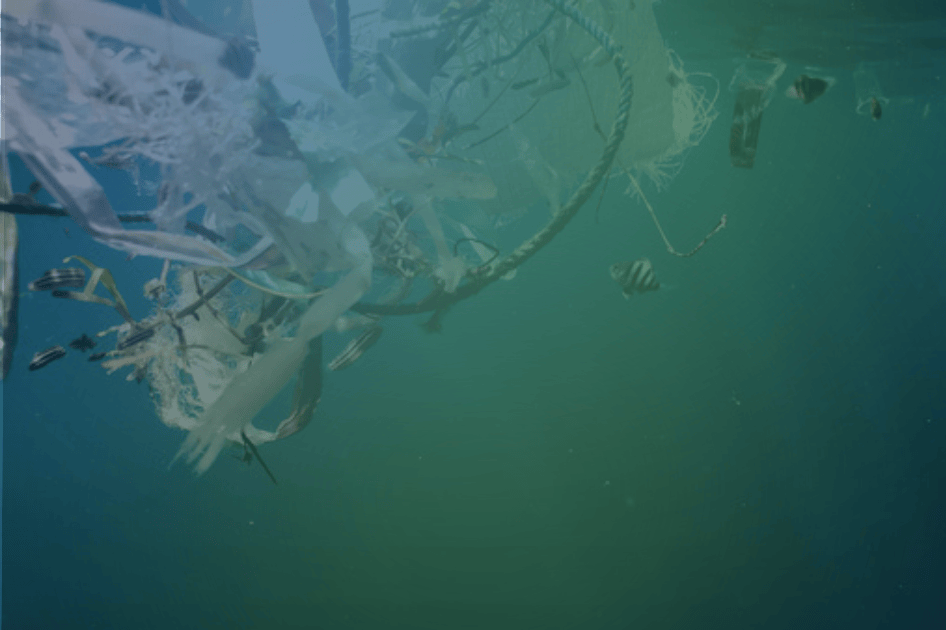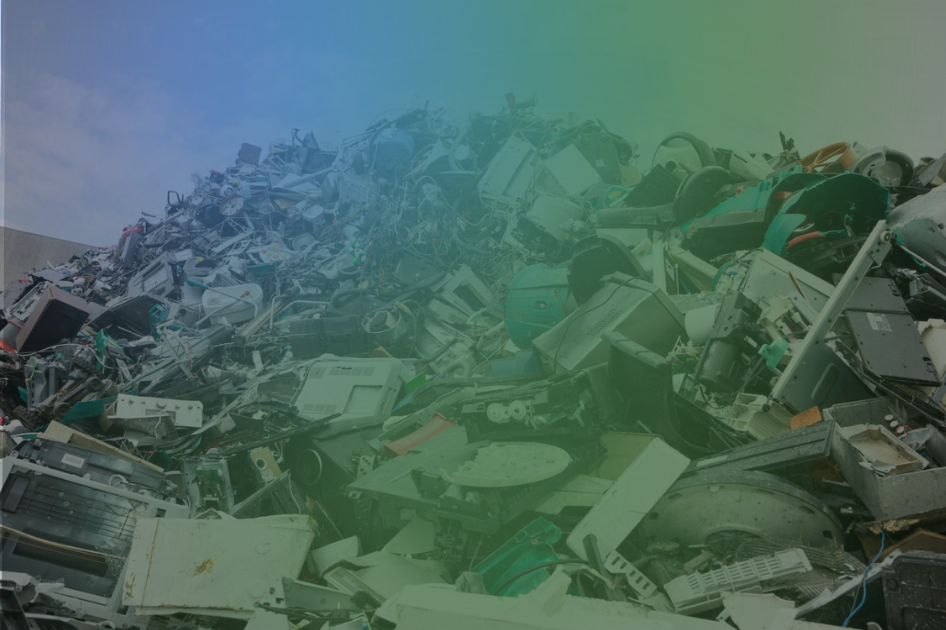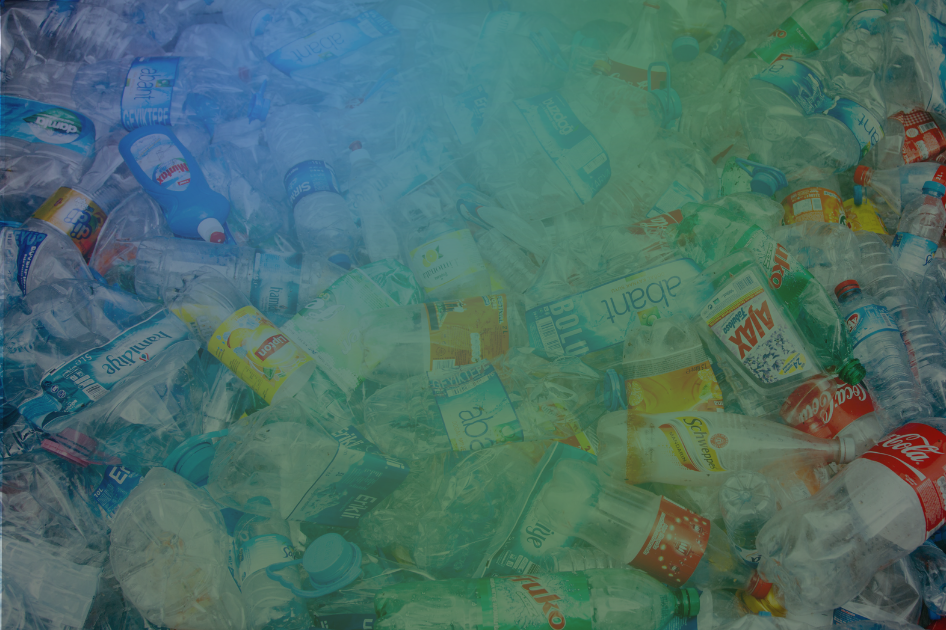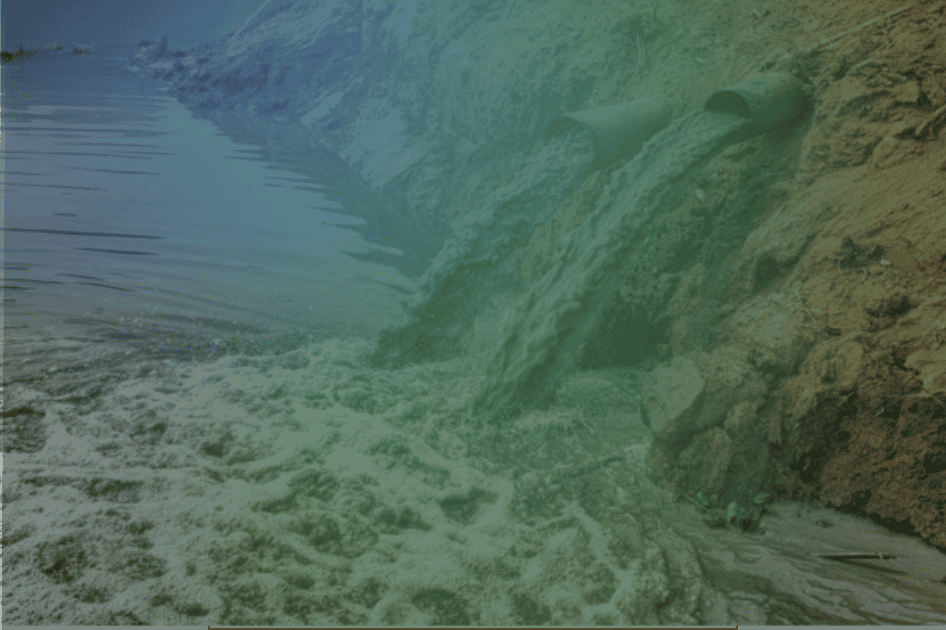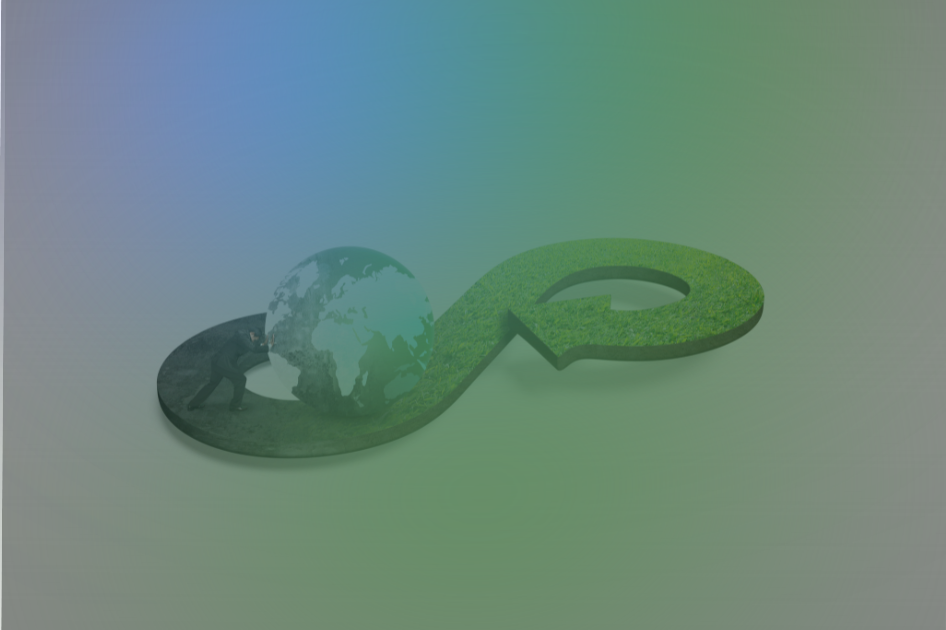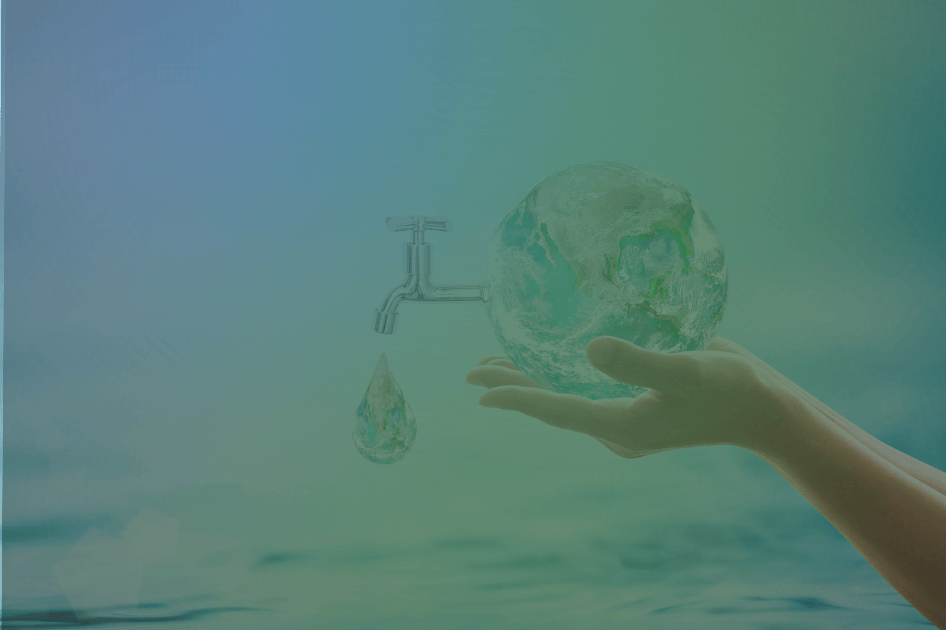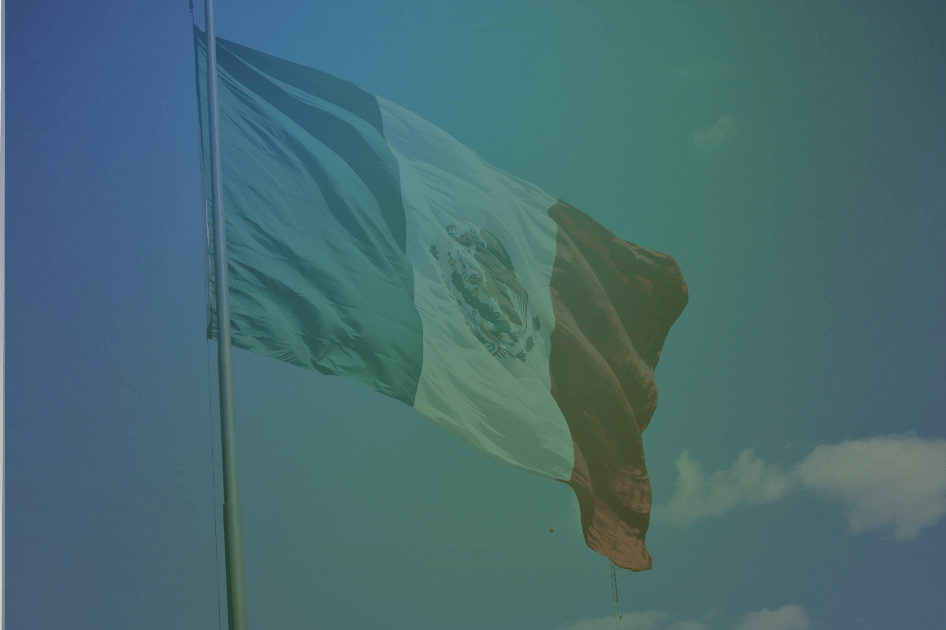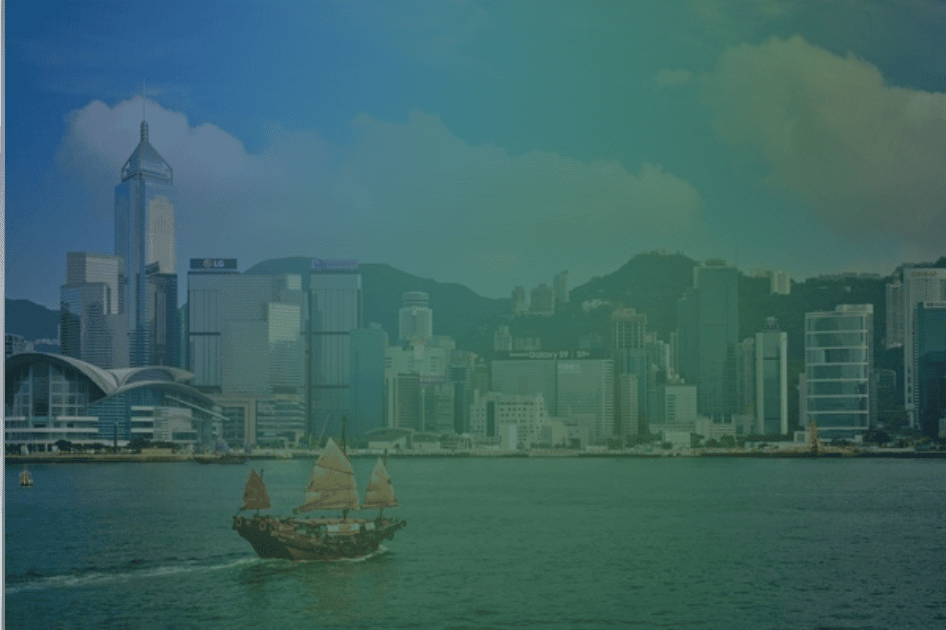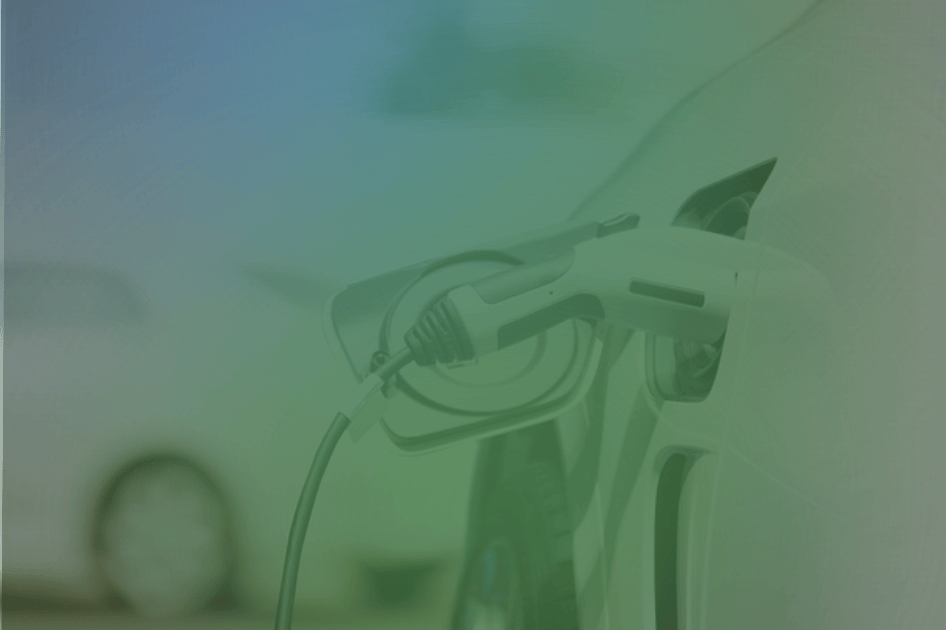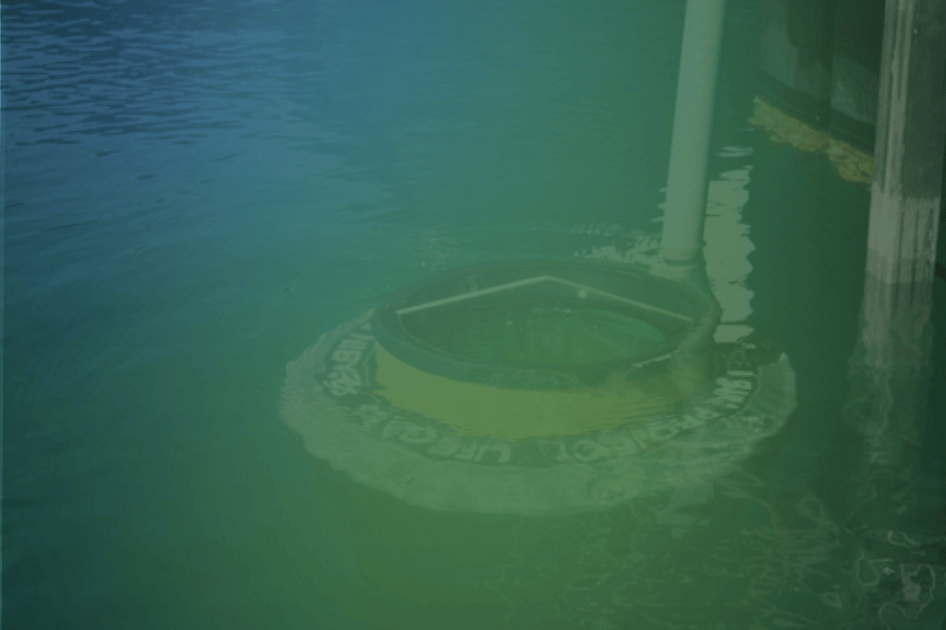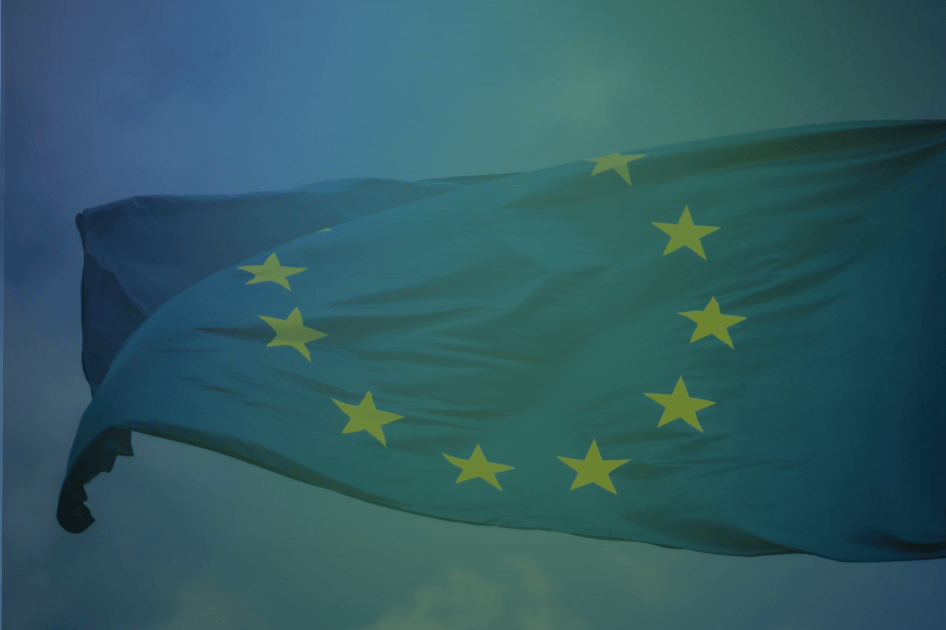<<The urban sanitation sector in Italy presents both strengths and weaknesses, with marked disparities between the North, Centre, and South. These affect both the quality of service and economic efficiency, as clearly highlighted in Utilitalia’s Green Book 2025.>>
This is the assessment of Michele Falcone, General Director of Gruppo CAP, speaking ahead of the upcoming edition of Ecomondo, set to take place from the 4th to the 7th of November 2025 at Rimini Fiera. Gruppo CAP manages the Integrated Water Service for the Metropolitan City of Milan and is also active in waste treatment, bioenergy, green energy, and the circular economy, through a network of equity stakes, business partnerships, and joint ventures. A player that is completing a profound transformation, which projects it among the leaders of the ecological transition, capable of integrating water, energy, and waste into a single sustainable and circular utility model.
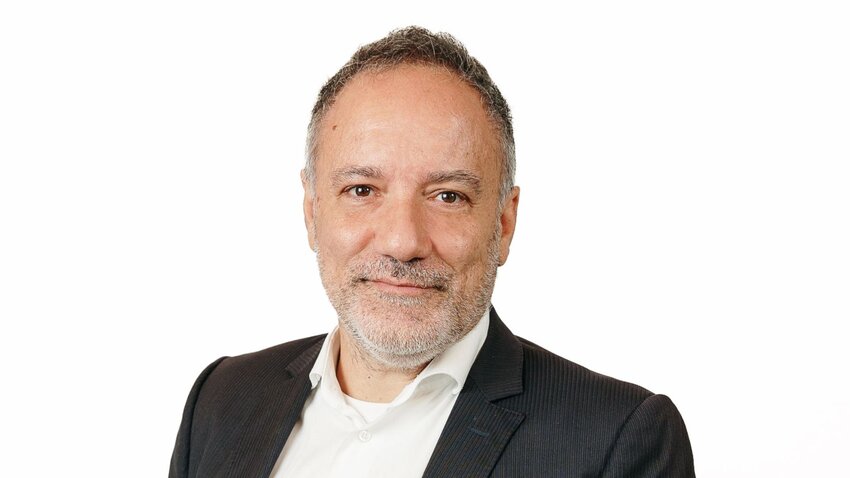
Director Falcone, how do you assess Italy’s situation in terms of circularity?
<<Our country stands out with a resource circularity rate of 21%, the highest in the EU, where the average is 12%. This reflects an industrial system capable of turning waste into new resources. While separate waste collection has reached 67%, only 51% of waste is actually recycled. This shows that the quantity and quality of collection do not always align, and this is closely tied to the strong lack of homogeneity of plants. The North hosts almost all of the treatment and waste-to-energy plants, with 73% of thermally treated waste located in that macro-region, while the South remains reliant on a limited number of facilities, resulting in higher costs. In fact, the waste tax (TARI) in the South is estimated at 377 euros per capita, compared to 290 euros in the North, clear evidence that moving towards circularity is essential not only for the environment but also for the market.
Furthermore, the topic of circularity has recently been addressed in the water sector, where Gruppo CAP has its roots, through the Water Resilience Strategy, which highlights the need to create a green European market. This could, on the one hand, drive operators to extract raw materials from production processes, enhance reuse, and generate energy, and on the other, help to create value for these resources, making them more attractive on the market. These two network services share many similarities.>>
- You may also be interested in: Sponge city, a water management model for urban sustainability
In this context, Lombardy is the only Italian region without an Optimal Territorial Area (ATO) for waste management. What are the consequences of this?
<<This absence results in a fragmented governance of collection, delegated to municipalities, which often manage the service in a disaggregated way and with uneven service conditions. The result is an operational system with little coordination, with significant differences in quality, cost, and service coverage, and a reduced capacity for strategic planning and investment. At present, waste collection and management in the territory of the Metropolitan City of Milan involves 21 operators, with widespread use of subcontracting to the private sector, which further complicates management. It’s a sector with great potential, showing strong growth also in European benchmarks, but one that faces certain criticalities, primarily related to governance, the activation of economies of scale, and a lack of investment.>>
How can Gruppo CAP’s aggregation model serve as a positive example?
<<There are similarities between today’s waste sector and the water sector as it was a few years ago: particularly in terms of the need for aggregation, the development and sharing of infrastructure and expertise to support necessary investments, with the goal of improving the service and creating value for the local area and its communities. In this sense, Gruppo CAP can represent a public operator capable of promoting a rationalisation process that improves both efficiency and effectiveness also from a green perspective. There are two key strengths: on the one hand, the strong industrial and plant synergies it can generate thanks to its widespread presence, already enabling it to manage the disposal and recovery of municipal and special waste, and on the other, its established relationship with local authorities. Today, CAP also operates numerous plants for the treatment of liquid waste — approaching 130,000 tonnes processed — a waste-to-energy facility for municipal, special and medical waste, and a plant for the treatment of the organic fraction of municipal solid waste.>>
What is the path to be followed?
<<In addition to the infrastructure-related developments mentioned earlier, we are establishing a dialogue with member companies and municipalities to support a process of progressive integration and consolidation of public urban hygiene operators across the area and the consequent opening to the market in a more structured manner and over large territories. This synergy would help integrate the environmental supply chain by enhancing Gruppo CAP’s assets for the benefit of the local area. Our aggregation model has already proven to be a winning instrument: when we were established in 2013 as the operator of the integrated water service for the Metropolitan City of Milan, our estimated turnover was 283 million euros. Today we can count on a turnover of 525 million euro, an EBITDA of over 160 million, and continuously growing investments. Moreover, ARERA recently awarded us as the best operator in Lombardy and the third best national operator for the technical quality of the integrated water service. We have shown, therefore, how the creation of an aggregative entity makes it possible to overcome fragmented micro-territorial logics and to make the necessary investments to provide an increasingly efficient and effective quality service.>>
- You may also be interested in: Waste collection and street sweeping: innovations for more liveable and cleaner cities
How is Gruppo CAP’s water–waste–energy strategy structured?
<<Gruppo CAP’s transformation stems from the will to shift toward an integrated, multi-sector industrial model able to generate public value from a circular economy perspective. Underlying the process is a principle of strategic rationalisation: reorganizing activities, assets, and expertise to overcome operational fragmentation, capitalize on cross-sector synergies (water, waste, energy), streamline processes and operations, and reduce dependency on external resources, with a perspective of energy self-sufficiency, material recovery and sustainability. This approach has led to the creation of a modular industrial ecosystem, where each entity has a clear mission and is strongly interconnected with the Group’s other production assets. The aim of building this ecosystem is to develop an industrial model rooted in sustainability and based on the integration of the water and waste cycles.>>
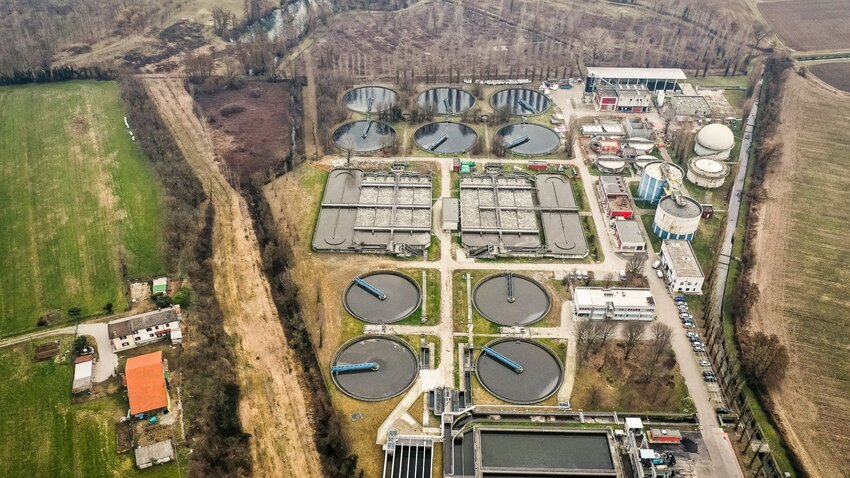
What were the main steps of the transformation?
<<The first concrete step was taken in 2020 with the development of the BioPlatform in Sesto San Giovanni, managed by ZeroC, and born from converting the former incinerator into a cutting-edge industrial symbiosis hub. Since 2023, the plant has included a line for processing the organic fraction of urban solid waste (FORSU), capable of treating up to 31,000 tonnes per year and producing 2.7 million Sm³ of biomethane. Beginning in 2027, the facility will also recover 65,000 tonnes of sewage sludge, generating over 11,000 MWh of heat for district heating and recovering ash rich in phosphorus.
Another important step along this path took place in 2021 with the creation of Neutalia - a waste-to-energy plant that processes municipal solid waste and special hospital waste - that is the result of the collaboration between CAP, Agesp, Amga and ASM. Italy's first benefit company in the environmental public services sector, Neutalia processes around 110,000 tonnes of undifferentiated waste (MSW), special non-hazardous waste and hospital waste every year, producing over 55,000 MWh of electricity.>>
The evolution toward a green utility took a decisive step forward with the launch of CAP Evolution in 2024.
<<CAP Evolution manages the group's 40 wastewater treatment plants and innovatively reinterprets them, transforming them into urban biorefineries. Applying the principles of the circular economy, the company, which operates in the waste, wastewater and energy sectors, is able to generate biogas, biomethane, electricity, both from photovoltaics and agri-voltaics, and recover secondary raw materials, thus helping to close the resource cycle. In 2024, Gruppo CAP generated renewable energy (from photovoltaic systems, biomethane, and cogeneration plants) equal to about 8% of its total electricity consumption, 4% of which is used for self-consumption. The goal is to produce 72.000.000 kWh, approximately 35% of its energy consumption, by 2030. Through these steps and new industrial synergies, Gruppo CAP is completing a profound transformation that positions it as a leading player in the ecological transition, capable of integrating water, energy, and waste into a single model of sustainable and circular utility.>>
Article written by Emanuele Bompan and Maria Carla Rota
This blog is a joint project by Ecomondo and Renewable Matter
PUBLICATION
23/07/2025
